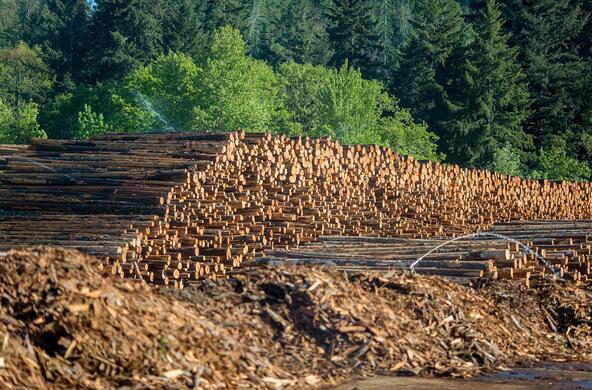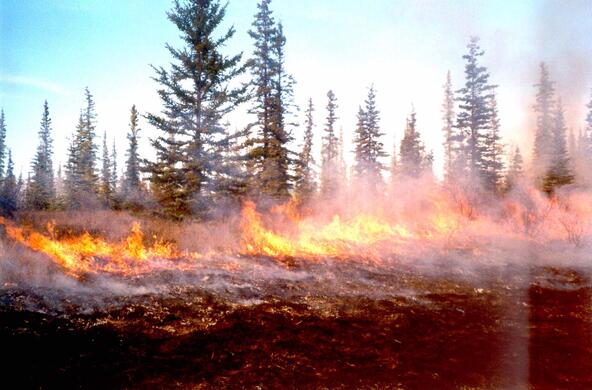For nature, as for humans, timing matters. Cues from sunlight, temperature, and precipitation influence when flowers bloom, pollinators emerge, and birds migrate. But climate change and other disruptions are throwing off those cues, nudging organisms out of sync.
Citizen scientists can help monitor these changes at two sites on Cary Institute of Ecosystem Studies’ campus. Along the Fern Glen and the Lowlands trails, posts ask hikers to place their phones in a bracket, snap a photo, and then email it to upload@chronolog.io. The instructions are posted at each site, and it only takes about 30 seconds.
“You don't have to have photography skills — you just snap the picture and email it,” explains Vicky Kelly, who manages Cary’s Environmental Monitoring Program. “It's a simple thing to do, yet it provides a wealth of information.”
The posts are part of the Chronolog environmental monitoring network, which compiles the photos to track events such as when trees and plants sprout leaves in the spring, when they produce flowers or fruit, and when they go dormant for winter.
“Knowing the dates that those changes happen over long periods of time can answer questions about how climate change and other human impacts shape ecosystems,” explains Kelly. These can include pollution and invasive species, as well as positive changes, such as conservation and restoration efforts.
Watch a timelapse of Chronolog uploads from the Fern Glen:
Since the Chronolog posts were set up in April, submissions from citizen scientists have already helped to document the springtime “leaf out,” wildfire haze, defoliation from invasive spongy moth caterpillars in late June, as well as how quickly the trees and plants recovered afterward.
The Chronolog sites add to Kelly’s other efforts to study the timing of natural phenomena, called phenology. She coordinates a handful of volunteers who walk along the Phenology Trail every week to observe changes in specific plants in the Fern Glen. Kelly also manages Cary’s PhenoCam, which is mounted on top of the Likens Lab and constantly takes photos of the forest canopy. Both of these efforts are part of broader regional and global networks to monitor changes in the landscape.

Kelly says that the Chronolog photos can help to corroborate the data from the Phenology Trail and PhenoCam, and to fill in gaps in the data. “It’s also engaging the public in science, which is really important,” she says. “Participating in science gives people a better sense of how science works, and hopefully gets more people feeling like they understand it and trust it.”
Monitoring nature’s timing is more important now than ever, and not just for natural ecosystems, but for agricultural ones as well. This year, a warmer-than-usual April followed by a later-than-usual frost in mid-May has jeopardized harvests for much of New York State’s apples and other fruit.
“The weather's getting weirder,” explains Kelly. “It's not just getting warmer — we're also seeing these unusual extreme events.”
Different plants and animals will be affected by and respond to this weirdness in different ways, and these reactions will shape what future ecosystems look like. Some species have flexible behaviors, whereas others have the timings of their life events more hardwired. The latter species might have a harder time surviving into the future.
“We don't really know which plants respond to day length, which isn’t changing, and which ones respond to things like temperature and precipitation,” says Kelly. “Projects like Chronolog can answer those questions. It’s going to help us understand what’s going on in the natural world around us, and what the composition of the forest is going to be like in the future.”






